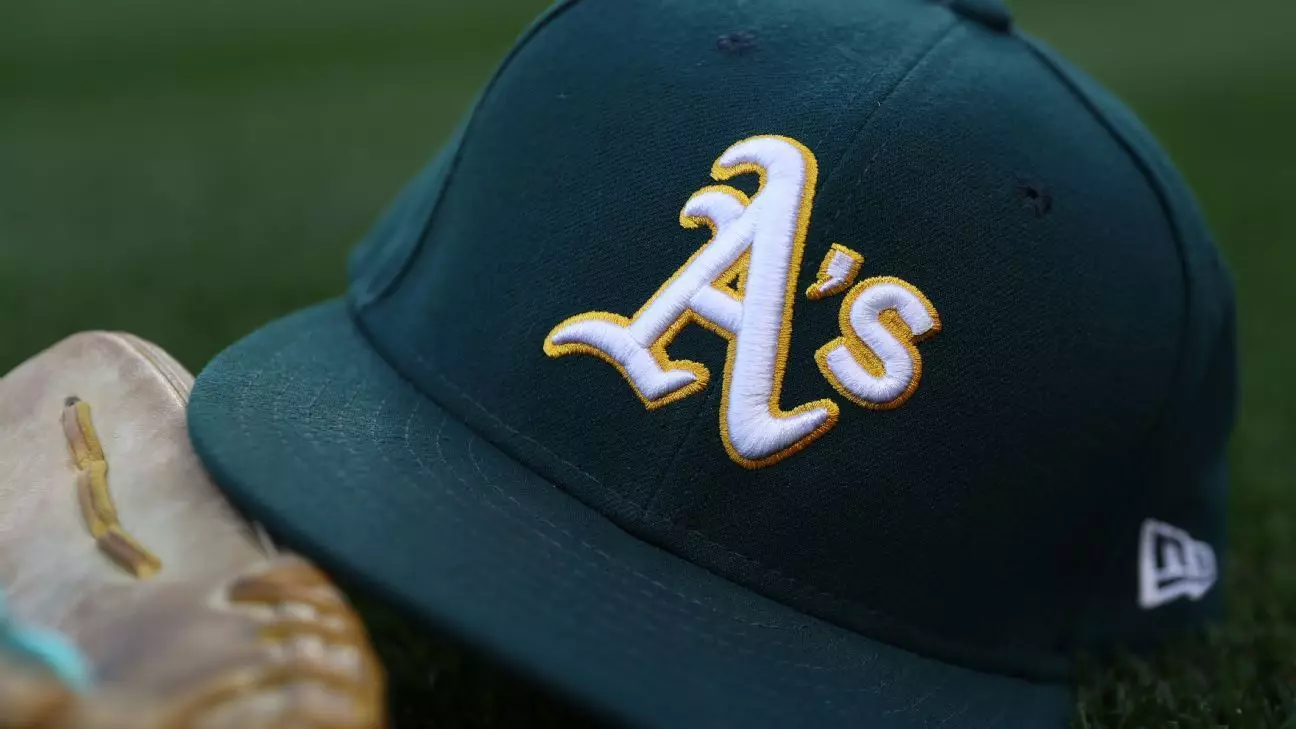In a landscape where most rising stars in Japanese baseball typically establish themselves in Nippon Professional Baseball (NPB) before transitioning to Major League Baseball (MLB), 18-year-old Shotaro Morii is breaking the mold. Morii recently signed a minor league contract with the Oakland Athletics, which marks a significant leap into professional baseball directly from high school. This decision, accompanied by a substantial signing bonus of $1,510,500, highlights a shift in how young talents perceive their career paths, especially in an era where the allure of dual-threat players, like Shohei Ohtani, captivates audiences and scouts alike.
Morii’s decision to bypass the conventional route taken by most Japanese players is a bold testament to his ambition and determination. While his counterpart Rintaro Sasaki chose to refine his skills at Stanford after opting out of NPB’s draft, Morii is eager to immerse himself directly in the professional environment. The youth’s commitment to playing at the highest level underscores a growing trend among young athletes who wish to redefine their trajectories in sports.
What sets Morii apart from his peers is not just his impressive track record as a shortstop and right-handed pitcher, but also his unwavering desire to succeed as a two-way player. This ambition harks back to his childhood when he began honing his craft at the age of eight. The statistics he amassed in high school—45 home runs over three seasons—coupled with his pitching prowess, have positioned him as both a promising hitter and a formidable pitcher. As assistant general manager Dan Feinstein noted, the combination of Morii’s raw talent and infectious passion for the game is what truly captured the A’s attention.
His dual role is not merely a showcasing of versatility; it reflects the evolving nature of baseball, where the ability to contribute in multiple capacities adds valued depth to rosters. In an era where specialization is often the norm, Morii’s aspirations hint at a future where multi-dimensional players could redefine team dynamics.
Morii is not just physically prepared for his transition to the U.S.; he is also taking proactive steps to acclimate. Having already enrolled in English classes, Morii shows a thoughtful approach to the challenges of relocating and joining a new culture. His acknowledgment of the influence of successful Japanese MLB players on his decision demonstrates an awareness of legacy and inspiration. He recognizes, perhaps more acutely than others, the pivotal role that established players like Ohtani and Matsui have, not only on his ambitions but also as harbingers of possibility for Japanese athletes in America.
While Morii admires predecessors, he emphasizes that he doesn’t wish to be viewed merely as a copy of Ohtani; rather, he aims to carve out a unique identity for himself in the sport. This sentiment speaks volumes about the pressures facing emerging talents in their pursuit of greatness, especially under the looming comparisons to established icons.
The Oakland Athletics, who are in the midst of significant organizational changes, have made calculated investments in young talent like Morii. The team’s move away from Oakland is a clear indicator of a strategic pivot aimed at growth and revitalization. By signing promising young athletes, the A’s are not just building a roster; they are cultivating a future that could resonate with fans and rival teams alike. Morii’s addition to the team is a cornerstone for the A’s envisioned transformation.
Through effective scouting and relationship-building, the A’s staff successfully made this deal happen, emphasizing the meticulous approach necessary to attract international talent. Scouts adept at navigating this complex landscape are essential in identifying and nurturing players who can not only perform but also embody the club’s ethos.
As Morii prepares to embark on his professional journey starting in Mesa, Arizona, a myriad of eyes—fans, coaches, and analysts alike—will watch with keen interest. The journey ahead for this young player will be challenging, laden with expectations and the need to adapt rapidly to the rigors of minor league baseball. However, his willingness to step into the unknown and pursue a two-way player role adds a narrative richness to the evolving story of baseball. In an industry traditionally steeped in its customs, Shotaro Morii’s leap may signal the dawn of a new era—one where young athletes assert their agency and create paths that were previously deemed improbable.


Leave a Reply